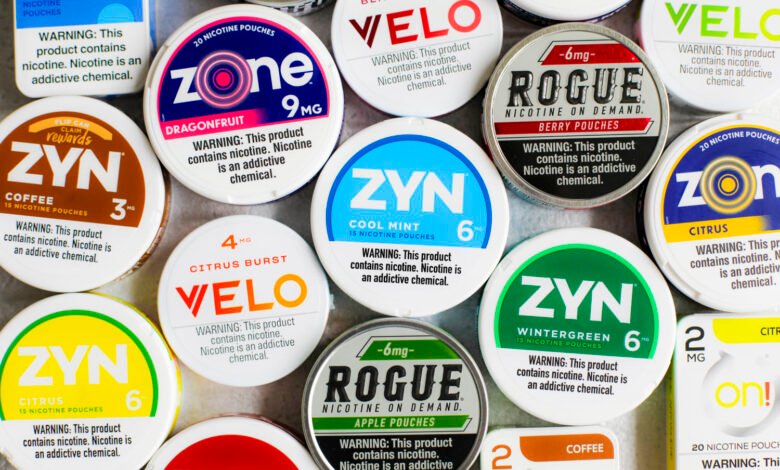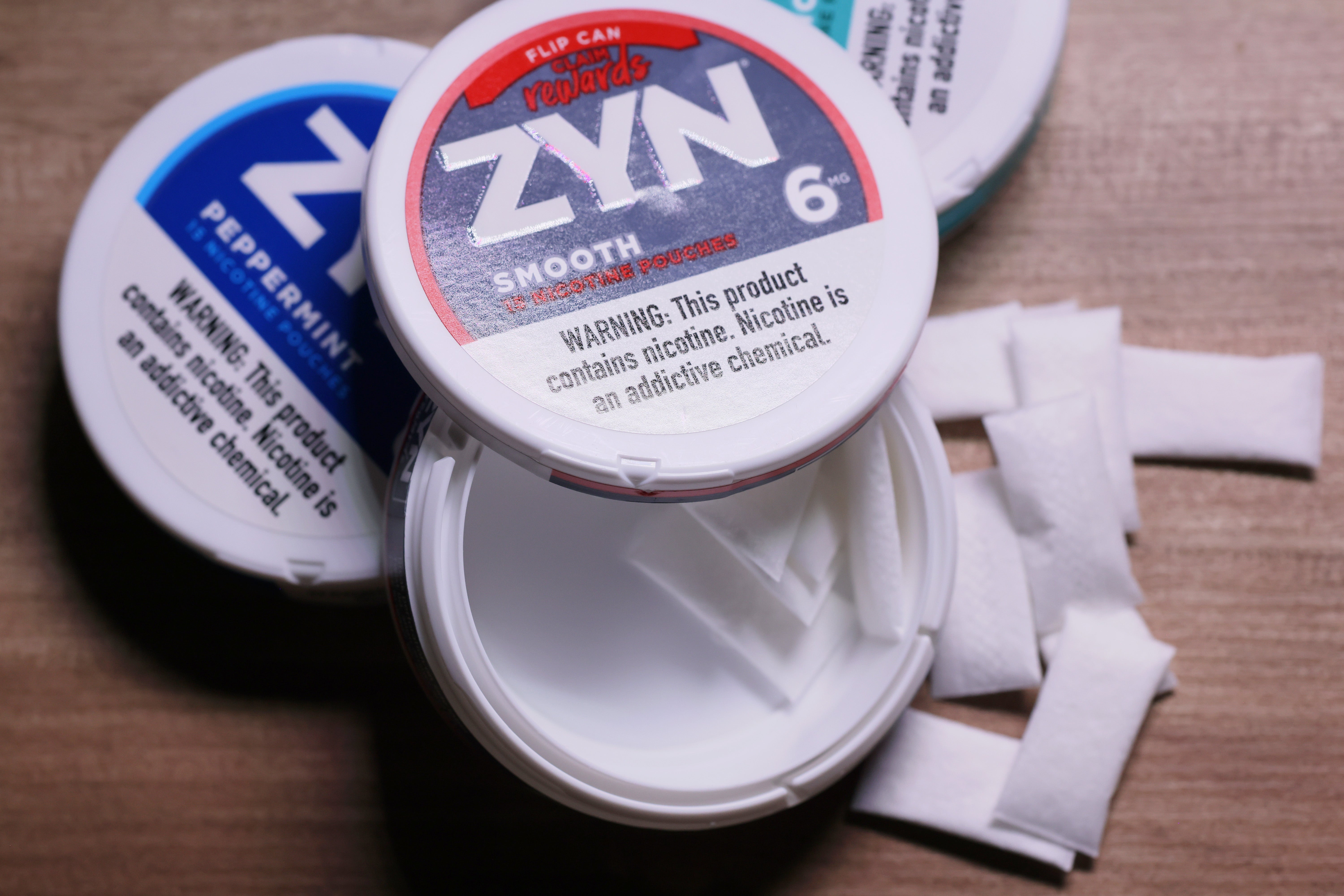Zyn Shortage: Why It’s Happening, What It Means, and What’s Next

In the business world, shortages like this often lead to changes in ordering strategies. Some store owners are increasing bulk orders when stock becomes available, while others are diversifying their nicotine product offerings to avoid relying too heavily on one brand.
Introduction to the Zyn Shortage
Zyn Shortage If you’ve been to your local gas station, convenience store, or tobacco shop lately, you might have noticed something unusual: empty shelves where your favorite Zyn nicotine pouches used to be. The Zyn shortage has caught a lot of users off guard, sparking confusion, frustration, and even mild panic for regular consumers. What was once a reliably stocked product has suddenly become a hot commodity, and for many, it feels like it happened overnight.
Zyn, known for its discreet, smoke-free nicotine pouches, has become a favorite among adults looking for a tobacco-free nicotine alternative. It’s particularly popular with people trying to avoid cigarettes or vaping but still wanting a nicotine hit. Because of its popularity, any disruption in supply can have ripple effects for both consumers and retailers. The current shortage is no exception, and it’s leaving people scrambling for answers.
So, what’s going on? Is it a manufacturing issue? Is there a sudden spike in demand? Or is something bigger happening behind the scenes? Let’s break it down and explore why shelves are running dry and when — if ever — the situation might return to normal.
Understanding What Zyn Is and Why It’s in High Demand
it’s worth understanding what makes Zyn so appealing in the first place. Zyn nicotine pouches are small, discreet packets filled with food-grade filler, nicotine, and flavoring. They’re designed to be placed between the gum and upper lip, delivering nicotine without smoke, vapor, or spit. They’ve become a go-to product for many adults who want a cleaner, more socially acceptable way to use nicotine.
Part of Zyn’s success comes from its convenience. Unlike vaping, there’s no device to charge or maintain. Unlike cigarettes, there’s no ash or lingering odor. Zyn also offers a variety of flavors and strengths, making it easy for users to find a pouch that fits their preferences. All of this has contributed to a rapidly growing consumer base.
This growing popularity has been especially pronounced among younger adult demographics and people who have switched from more traditional forms of nicotine use. That means the demand curve has been steep, and when demand grows faster than supply chains can keep up, shortages are almost inevitable. The Zyn shortage is, in part, a direct reflection of its own success.
Causes Behind the Zyn Shortage

The Zyn shortage hasn’t been caused by a single factor Zyn Shortage — rather, it’s the result of several issues hitting the market at once. First, there’s the supply chain challenge. Like many products in recent years, Zyn’s production relies on materials, labor, and distribution networks that can be disrupted by global economic conditions. Even small delays in manufacturing or shipping can lead to big gaps on store shelves.
Second, regulatory changes in certain states and countries have complicated distribution. While Zyn is legal for adult use in most areas, stricter rules on nicotine sales — including online age verification requirements and shipment restrictions — can slow down product movement. This means certain regions might experience shortages while others remain fully stocked.
Lastly, there’s the simple fact of skyrocketing demand. Over the past two years, Zyn’s popularity has exploded, especially as more people move away from smoking and vaping. The manufacturer, Swedish Match (now owned by Philip Morris International), has been scaling production, but even with expansion efforts, they’ve been playing catch-up. When demand exceeds forecasts, shortages can hit quickly and hard.
The Impact on Consumers
For regular Zyn users, the shortage has been more than just an inconvenience. Many have had to switch flavors or nicotine strengths because their preferred options are unavailable. Others have had to try entirely different brands, sometimes with mixed results. This has sparked online discussions — and even social media groups — dedicated to tracking down in-stock Zyn in specific areas.
The shortage has also led to price increases in some regions. When supply is low and demand is high, retailers sometimes raise prices to balance sales or simply to make more profit. In extreme cases, people have been reselling Zyn at inflated prices, much like what happens with limited-edition sneakers or game consoles.
Beyond price and availability, there’s also the habit factor. For many, Zyn is a daily ritual, and disruptions can cause frustration or stress. This is especially true for those who use Zyn as part of a quit-smoking strategy — suddenly losing access to their preferred nicotine alternative can make it harder to stay away from cigarettes or vapes.
Retailers and the Zyn Shortage
From the retailer perspective, the shortage is a headache. Stores want to meet customer demand, but when supply is unpredictable, it’s hard to keep shelves stocked consistently. Some retailers have had to place purchase limits to prevent stockpiling Zyn Shortage, while others are experimenting with special orders for regular customers.
The shortage also impacts store traffic. A convenience store that reliably sells Zyn might see more foot traffic, but if customers repeatedly find it out of stock, they might go elsewhere. Over time, this can chip away at customer loyalty, especially if competing stores manage to get their hands on more inventory.
Possible Solutions and Future Outlook
The good news for Zyn fans is that shortages like this are rarely permanent. Manufacturers typically respond by increasing production, streamlining supply Zyn Shortage chains, and adjusting distribution strategies to get products back in stores. Philip Morris International has already hinted at ramping up Zyn production to meet global demand.
Another potential solution could involve improving forecasting models. If companies can better predict demand surges, they can plan manufacturing and logistics accordingly. This is especially important for products like Zyn, where consumer loyalty is high and demand can spike quickly.
As for when the shortage will end, it’s hard to pin down an exact date. Some areas may see improved availability within weeks, while others might experience intermittent stock for months. The biggest factor will be how quickly production can catch up with the soaring demand — and whether new regulations slow things down.
What Consumers Can Do in the Meantime
While waiting for shelves to be restocked, consumers Zyn Shortage have a few options. First, they can check multiple retailers rather than relying on a single store. Stock often varies by location, even within the same city. Signing up for stock alerts from online retailers can also help secure a purchase when new shipments arrive.
Second, some users are experimenting with other nicotine pouch brands as a temporary substitute. While Zyn is a market leader, competitors like On!, Rogue, and VELO also offer tobacco-free pouches in similar strengths and flavors. These alternatives might not be identical, but they can help bridge the gap until Zyn is back in steady supply.
Finally, for those using Zyn as part of a nicotine reduction or quitting plan, this shortage could be reframed as an opportunity. With fewer pouches available, some people might find it easier to reduce their usage or explore other nicotine-free alternatives.
Conclusion
The Zyn shortage is a perfect storm of high demand, supply chain hiccups, and regional regulations. While it’s frustrating for loyal users, it also highlights just how popular the brand has become in such a short time. For now, the best approach is patience, flexibility, and perhaps a willingness to try alternatives until the situation stabilizes.
In the grand scheme of nicotine product trends, shortages like this are a temporary bump in the road. With manufacturers ramping up production and consumers adapting their buying habits, it’s likely that the Zyn shortage will eventually fade into just another blip in the brand’s history. Until then, expect to see more conversations — and maybe even a little friendly competition — over who can find the next in-stock batch.
If you want, I can also make an SEO-optimized version of this article with keywords, meta description, and featured snippet text so it’s ready for publishing. That would make it rank higher for “Zyn shortage” searches. Would you like me to prepare that next?



